
Female Brazilian salmon pink bird eating tarantula (Lasiodora parahybana), third largest
The Brazilian salmon pink bird-eating tarantula ( Lasiodora parahybana) is one of the top five largest spiders in the world and has a name nearly as big as its leg span. However, while it is truly a giant, it is also docile enough to be widely kept as a pet, and its bird-eating reputation is unfounded.
Brazilian salmon pink bird eating tarantula. Aka Priscilla r/spiderbro
Lasiodora parahybana, the Brazilian salmon pink bird-eating tarantula, also simply known as the salmon pink or LP, is a tarantula from north-eastern Brazil and considered to be the fourth largest tarantula in the world (behind the three species in the genus Theraphosa ).

P1010011 Spiderling Brazilian Salmon Pink Birdeating Tarantula, Lasiodora Parahybana CCEP 2019
The Lasiodora parahybana, or salmon pink bird-eater, is a brown, hairy tarantula found in northeastern Brazil. Caring for salmon pink bird-eaters is easy because the spiders are hardy and adaptable to different temperatures and humidity levels. Lasiodora Parahybana Overview Origin
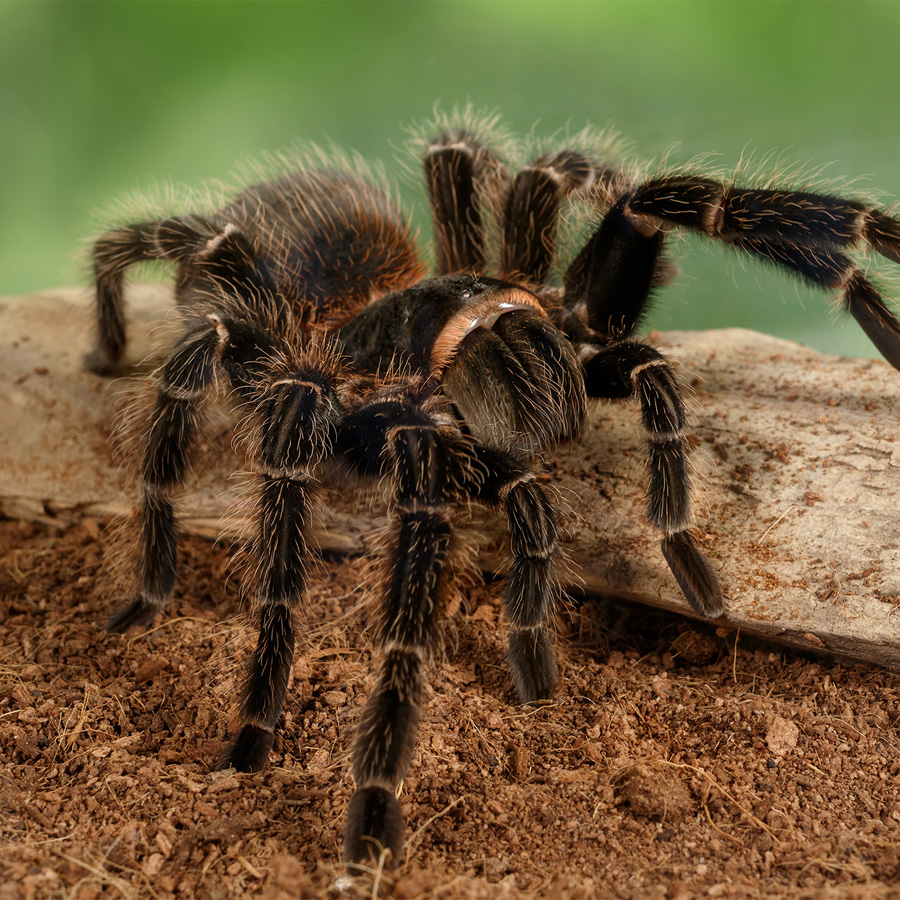
Lasiodora parahybana SALMON PINK BIRDEATING TARANTULA Phelsuma Farm
Lasiodora parahybana, the Brazilian salmon pink bird-eating tarantula, also simply known as the salmon pink or LP, is a tarantula from north-eastern Brazil and considered to be the fourth largest tarantula in the world (behind the three species in the genus Theraphosa ).
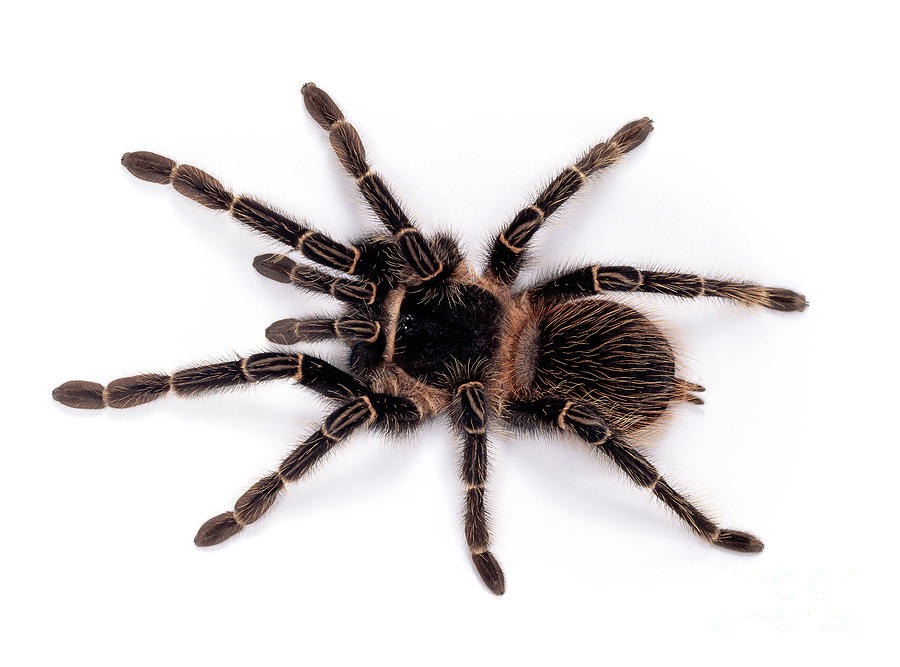
Brazilian Salmon Pink Birdeating Spider Photograph by Warren Photographic Fine Art America
Ambushing its prey from inside rotting logs and leaf litter of the Amazon rainforest is one of the biggest spiders in the world: the Brazilian Salmon Pink Bird-eating Tarantula. Brazilian Salmon Pink Bird-eating Tarantula Facts Overview Salmon Pinks are bird-eaters in name only, as far as we know.

Salmon Pink Birdeater (Lasiodora parahybana) Care Sheet
Lasiodora Parahybana, commonly known as Salmon Pink Birdeater Tarantula, is a South American spider from northeastern Brazil. This species is argued to be among the top four largest tarantulas worldwide, growing anywhere from 8 to 11 inches. Salmon Pink Tarantulas are not natural climbers and rarely leave the terrain.

Lasiodora parahybana Brazilian Salmon Pink BirdEater Theraphosidae Pinterest Spider
The Brazilian salmon pink bird-eating tarantula is one of the biggest spiders in the world! Their leg span can reach a massive 28cm! The species was first discovered in 1917 by Cândido Firmino de Mello-Leitão, a Brazilian zoologist who is considered the founder of Arachnology in South America.
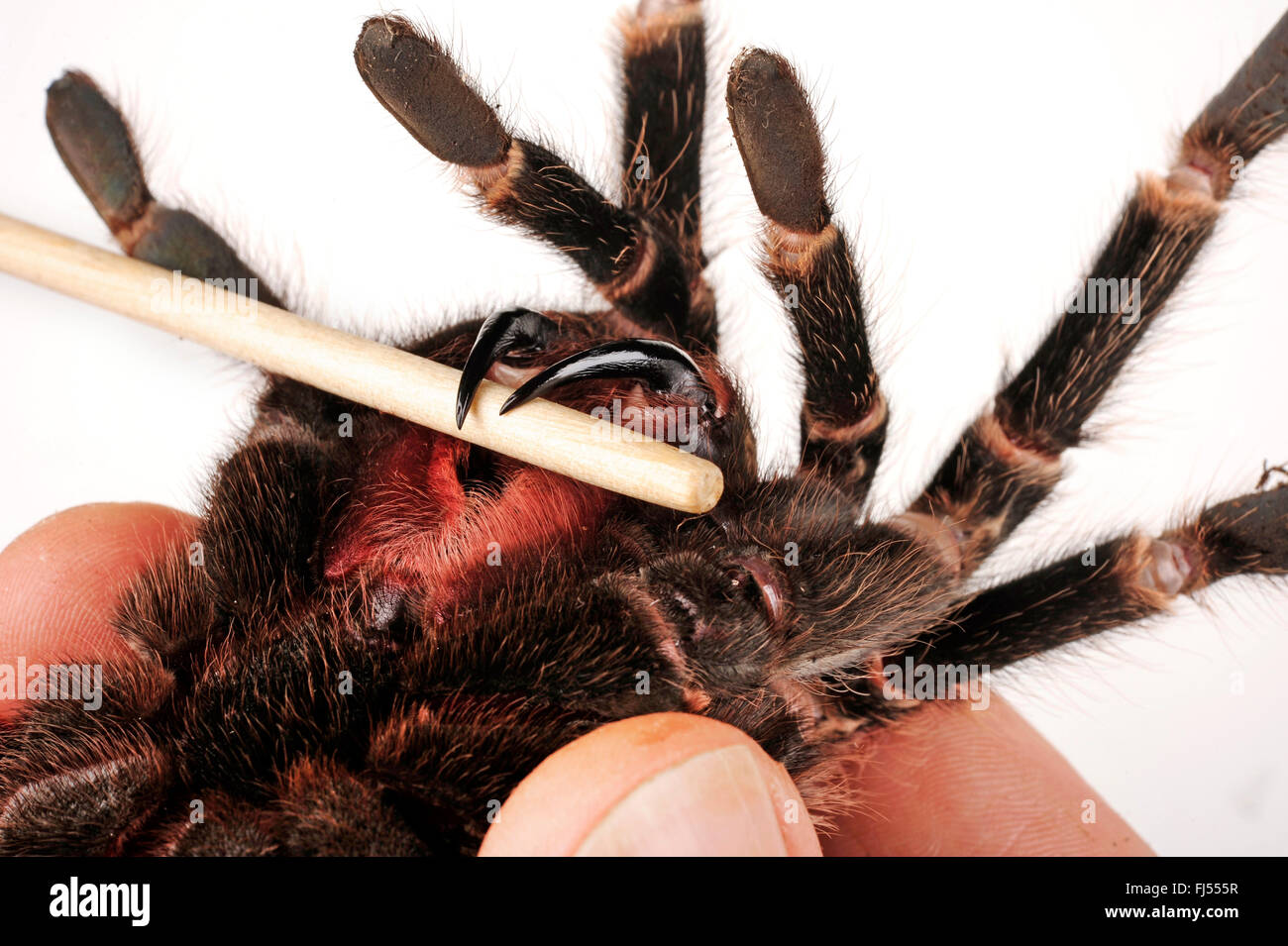
Brazilian salmon pink birdeating tarantula, salmon pink (Lasiodora parahybana), bird spider in
The third largest Tarantula in the world, the Brazilian Salmon-pink Tarantula or Bird-eating Spider has a leg-span of up to 11 inches (28 cm). It is native to Atlantic forest floor of northeast Brazil.

Brazilian Salmon Pink BirdEating Tarantula All You Need to Know Niche Pets
The Brazilian pink salmon birdeater scientific name is Lasiodora parahybana, and they hail from the Brazilian rainforests. Its genus name is derived from the Greek word that means "shaggy," and rightly so because aside from being a giant tarantula, it is also one of the fuzziest of its kind.

Brazilian Salmon Pink Bird Eating Tarantula [Lasiodora Parahybana] YouTube
The Salmon Pink Birdeater is a very fast-growing spider that reaches adult sizes in as little as two years and can live up to 15 years. Females may produce sacs with from 1200 to 3000 eggs. Temperament Though Lasiodora parahybana tarantula is large, its venom is not known to be medically significant.

Brazilian salmon pink birdeating tarantula (Lasiodora parahybana) by Chernilevsky
Time-lapse video of our Brazilian salmon pink bird-eating tarantula. Molting (or shedding of the exoskeleton) occurs because it's the only way a tarantula (l.
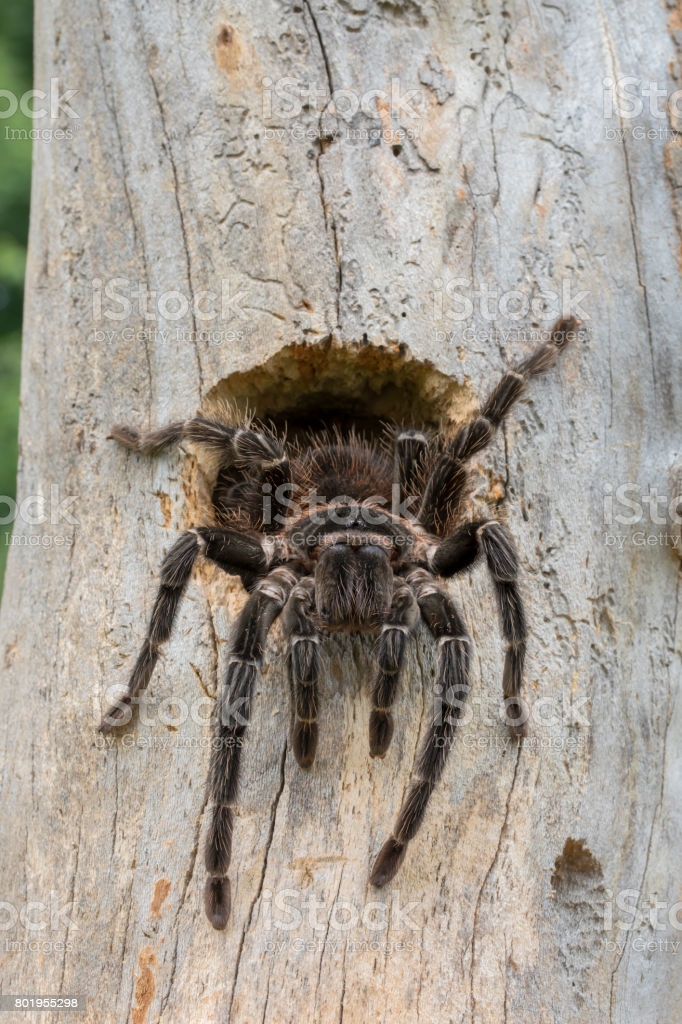
Brazilian Salmon Pink Birdeater Tarantula/Spider Daniel’s Animals
Common name: Brazilian Salmon Pink Bird-eating Tarantula One of the largest in the world, often cited as the second or third largest (after the Theraphosa blondi). Leg span reaches 8-10 inches. They are popular as pets in the tarantula hobby, although not recommended for beginners. They are fast, large, and will possibly kick urticating bristles if aggravated. Not quick to bite, however, this.

Meet the salmon pink birdeater Salmon pink, Salmon, Tarantula
Lasiodora parahybana, the Brazilian salmon pink bird-eating tarantula, also simply known as the salmon pink or LP, is a tarantula from north-eastern Brazil and considered to be the third largest tarantula in the world. They are popular pets in the tarantula hobby due to their large size and readiness to breed. They are also considered to be.

Salmon Pink Birdeater Feeding YouTube
Lasiodora parahybana, the Brazilian salmon pink bird-eating tarantula, also simply known as the salmon pink or LP, is a tarantula from north-eastern Brazil and considered to be the fourth largest tarantula in the world (behind the three species in the genus Theraphosa).. Contents. Description; Behaviour; Breeding; In captivity; References; Further reading; It was discovered and described in.
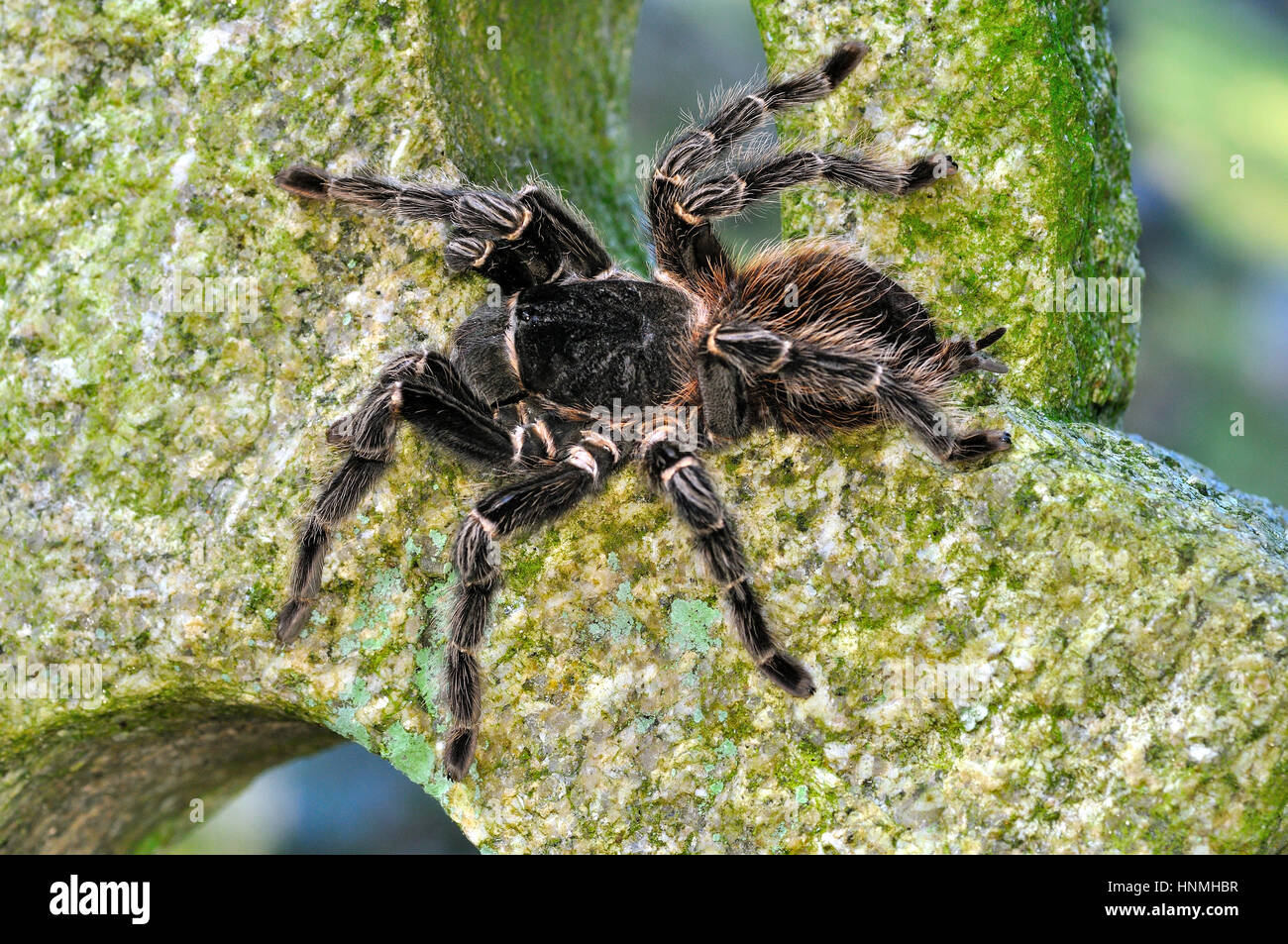
Brazilian Salmon Pink Bird Eating Spider (Lasiodora Parahybana) resting on a headstone Stock
Size: Its body is about 7 inches (17.78 cm) in length while it has a leg span of 8 to 10 inches (20.32 cm to 25.4 cm). They grow at a fast pace, being about 6 inches (15.24 cm) by the time they are a year old. Color: They have a greyish-black body with pinkish-red hairs on their legs.
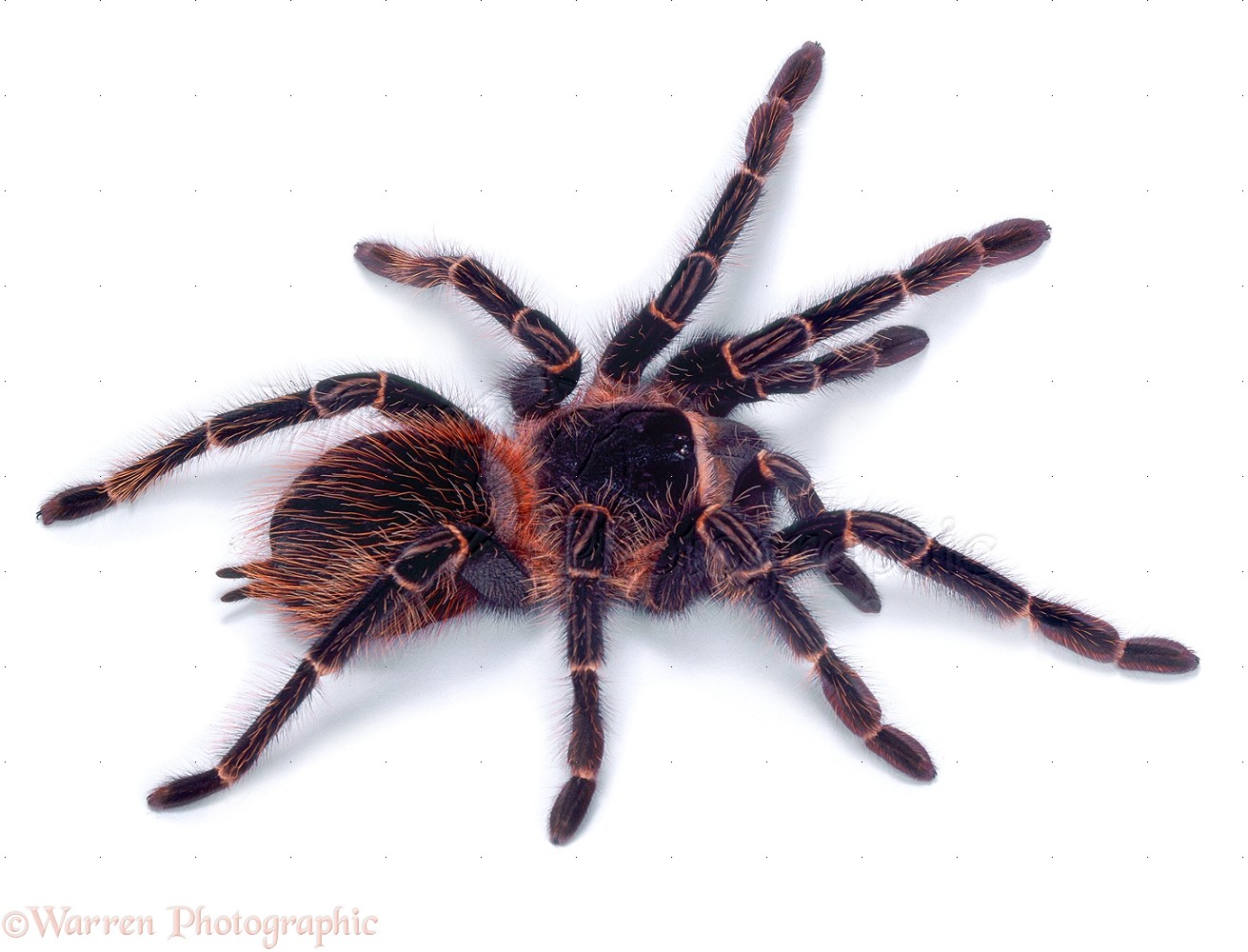
Giant Salmonpink Birdeating Spider photo WP06382
Handling our biggest spider, a Lasiodora Parahybana, Brazilian Salmon Pink Bird-Eating Tarantula